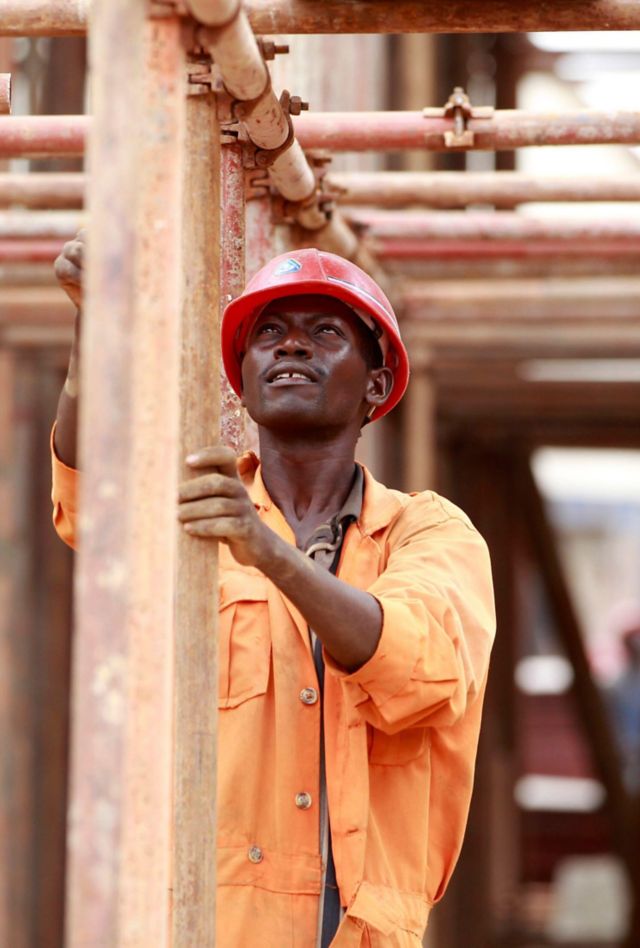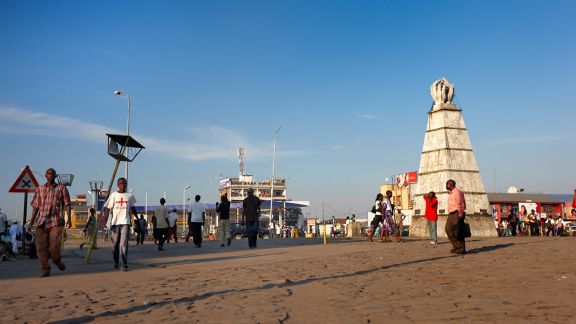Labor Exploitation of Kenyans in Gulf Countries

Problem
Vulnerable Kenyans have been pushed into overseas work.
High unemployment and a growing youth population continue to push Kenyans to seek higher wages abroad, including low-skilled migration from East Africa to the Gulf Cooperation Council (GCC) countries. Despite the lure of relatively high-paying jobs, these workers are often poor, do not speak host-country languages, and lack strong in-country government and social support networks. These factors leave migrants vulnerable to becoming victims of forced labor and physical, verbal, and sexual abuse.
Solution
We estimated the prevalence of forced labor in overseas labor recruitment (OLR).
The Global Fund to End Modern Slavery (GFEMS) commissioned NORC to estimate the prevalence of forced labor in the Nairobi Metro Area among recently returned Kenyan migrants from GCC countries (e.g., Bahrain, Kuwait, Oman, Qatar, United Arab Emirates, Saudi Arabia). The goal was to produce precise estimates of forced labor in a well-defined target population.
Result
The study found high levels of forced labor in OLR.
The prevalence of forced labor violations among the Kenyan migrant population in GCC countries was found to be over 95 percent. In essence, practically everyone heading to the GCC as a migrant worker from Kenya would become a victim of forced labor at some point.






